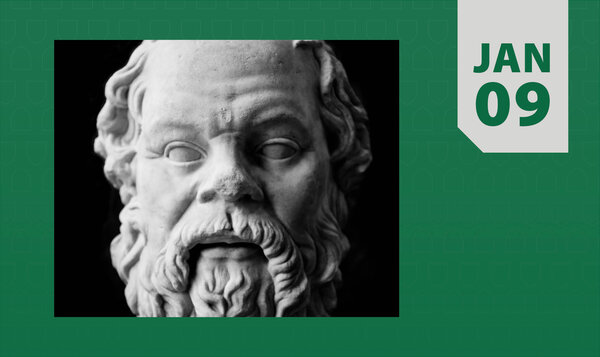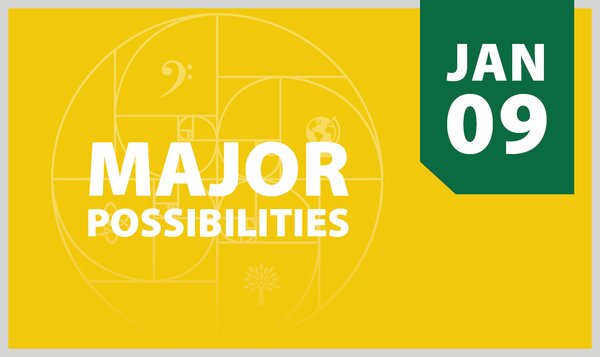
The Rosetta Mission to a Comet: What, Why and How
Matt Taylor, lead project scientist on the Rosetta mission, talks about how the European Space Agency landed a probe on a comet
(Or: How we landed a thing on another really faraway thing)
A lecture by Matt Taylor
Lead project scientist, Rosetta mission
Thursday, Oct. 6, 8:00 p.m.
Health Sciences Theatre (HLTH 1150)
Health Sciences Building, University of Saskatchewan
Free and open to everyone

The European Space Agency’s Rosetta mission was launched in 2004 towards the comet 67-P/Churyumov-Gerasimenko. Rosetta made headlines around the world in 2014 when it successfully rendezvoused with the comet and deployed its robotic lander, Philae, to the surface. Rosetta has accompanied the comet during its closest approach to the Sun in August 2015 and is now moving back into the outer solar system. A personal view of the entire mission will be presented.
Matt Taylor was born in London and gained his undergraduate physics degree at the University of Liverpool, followed by a PhD from Imperial College London. He began his time at ESA in 2005, working as the project scientist for Cluster and the ESA-China Double Star mission. Most recently, in 2013, he was appointed the project scientist on the Rosetta mission.
This event is sponsored by the College of Arts & Science and SED Systems.


